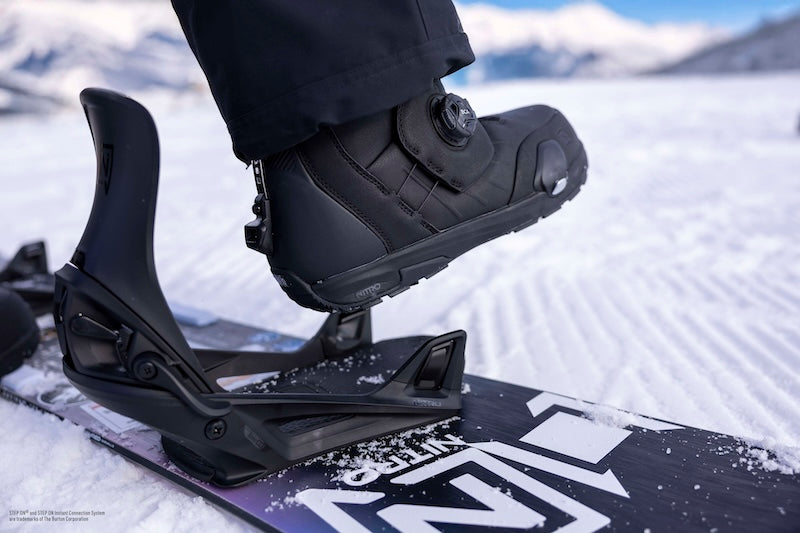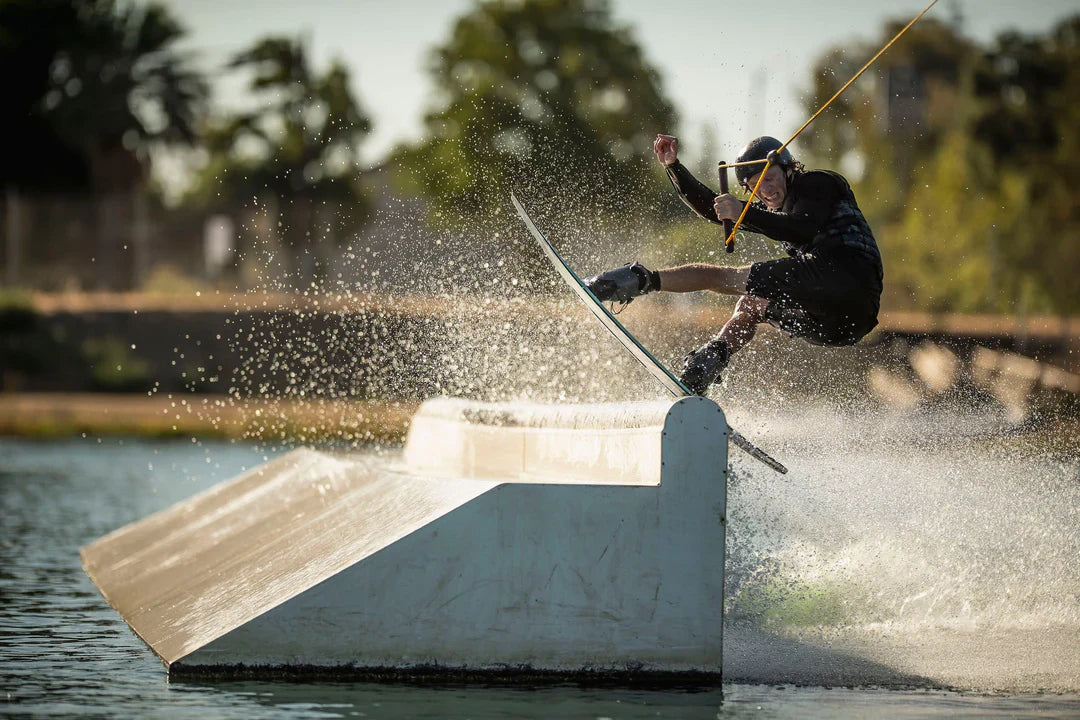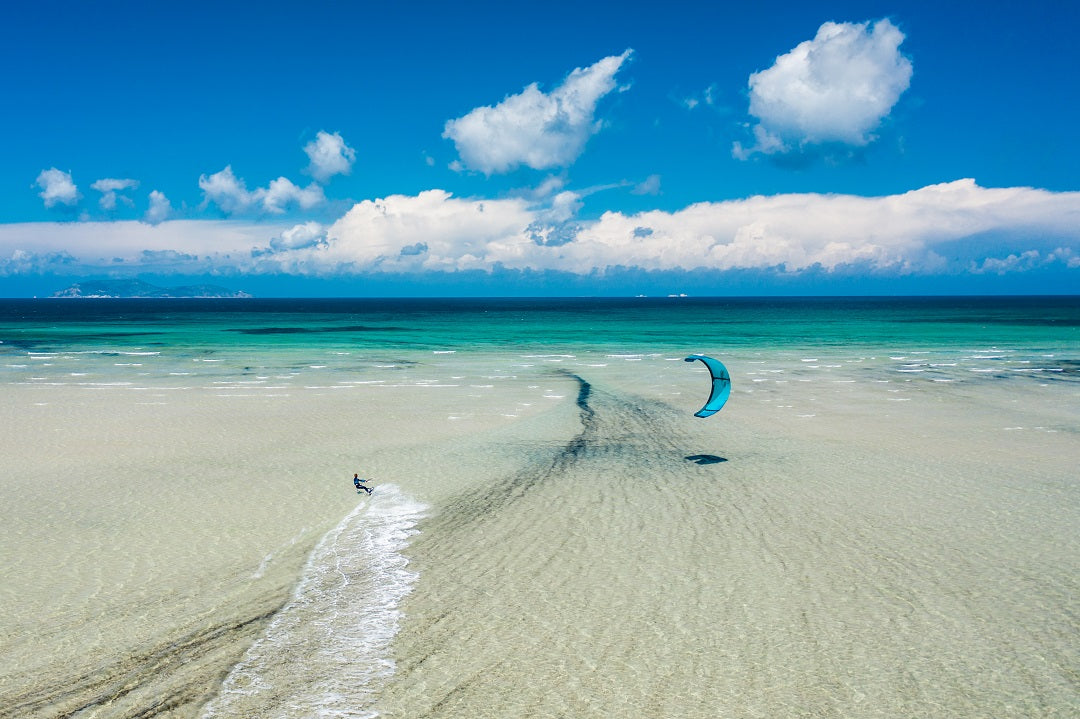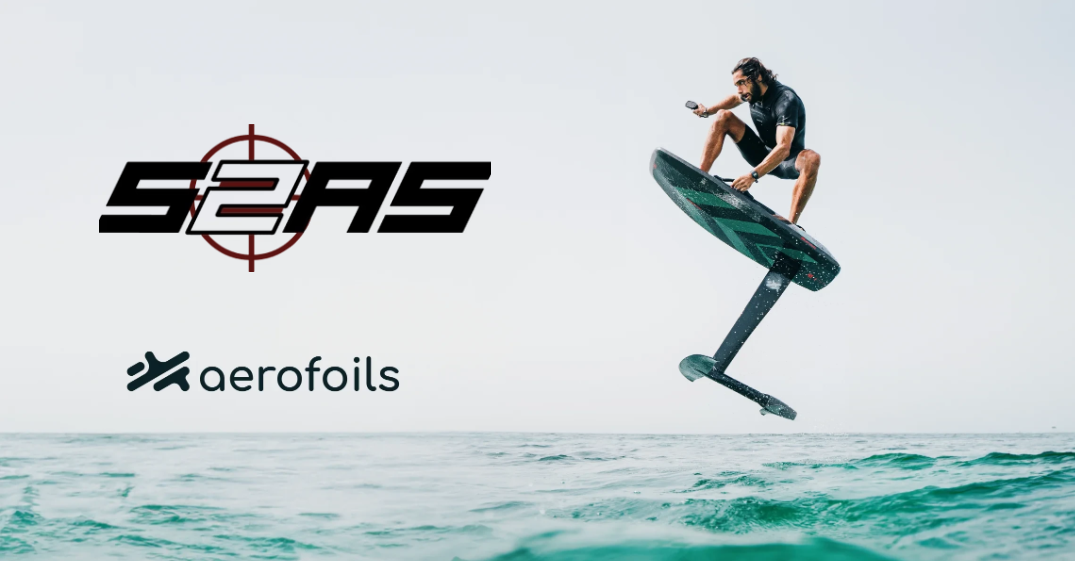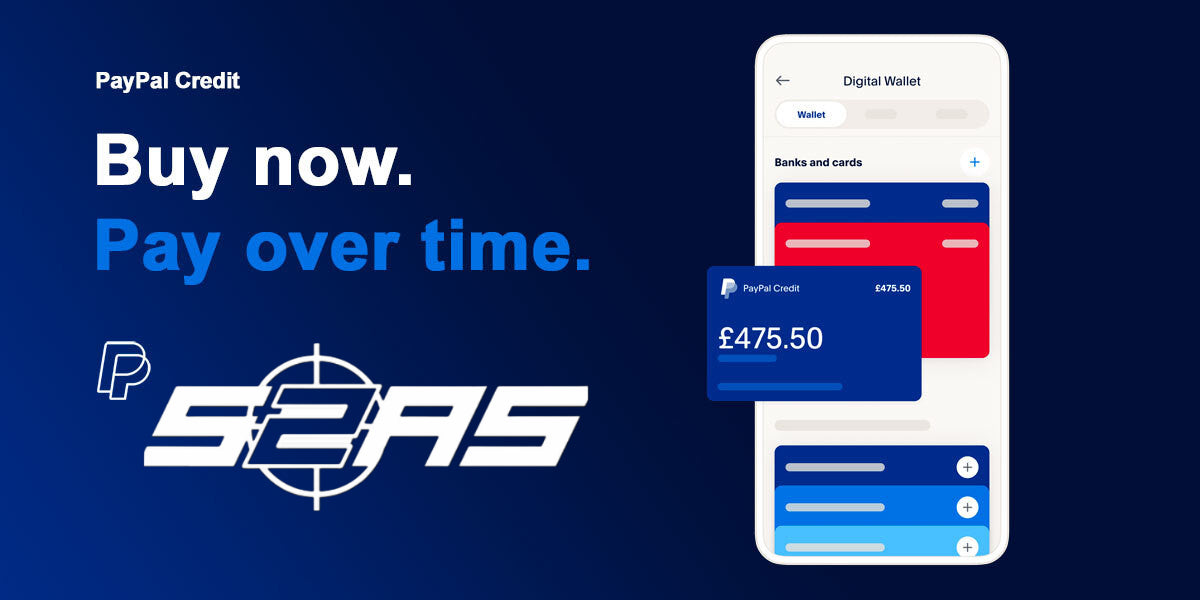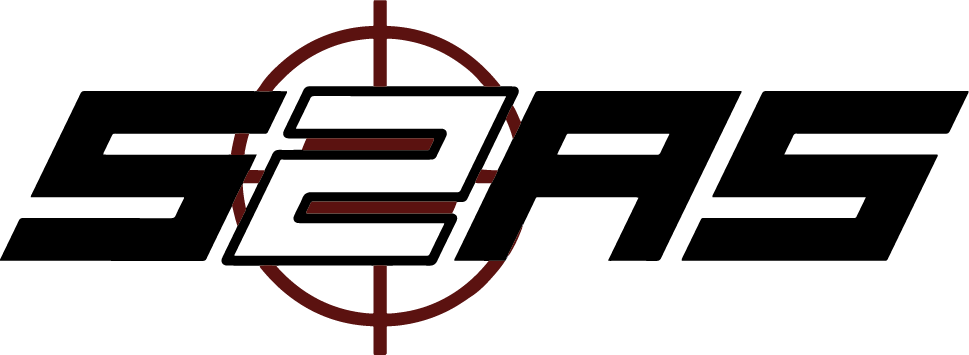Top 20 questions I’m always asked about Snowboarding
How much does it cost to get started Snowboarding with my own kit?
Around £600 at the very lowest for good quality kit if you have nothing at all. This really depends on what kind of kit you’re after, and how much you intend to ride. For a complete beginner an entire setup consists of the following:
Snowboard Equipment:
SnowBoards – £220-500
Snowboard Bindings – £100-180
Snowboard Boots – £160-300
Snowboard Bags – £40-100
Outerwear:
Salopettes (Trousers) – £80-200
Snowboarding Jacket – £80-400
Snowboarding Gloves – £20-80
Snowboarding Helmet – £40-80
Snowboarding Goggles – £40-200
Optional Snowboard Servicing (to avoid those expensive resort snowboard servicing fees):= Full list – Snowboard service tools
Tuning Iron – £30
Edge Tool – £10
Buffing Brush – £5-10
Snowboard Wax – £15
P-Tex Candles – £2
Lighter – £2
Base Cleaner – £5
Scraper – £5
Optional
Impact Shorts – £50
Knee Pads – £30
Beanie – £10-20
Snowboarding Backpack – £40-80
Wrist Guards – £15
Spine Protection – £40-80
As you can see the list for actually going snowboarding on the snow is pretty extensive, and it’s recommended that you have at least the Snowboard and Outerwear sections before you go on a holiday with your own kit.
Taking only the essential parts at the cheapest end of the scale, you’re looking at around £600 in sale to find all the stuff you REALLY want to have. If you want the best of the best you can spend £1000+ on kit very easily.
If you can’t afford all of the kit, I’d say the most important parts of the kit are BOOTS and OUTERWEAR. Snowboard boots normally have a type of memory foam in the insert that moulds to the shape of your foot. Hire boots will never be as comfortable for long riding sessions, and your own boots will make the sport 100% more fun.
How long does it take to learn to ride well enough to have a good time?
Everyone is different, from experience we’ve found that with 7-10 hours of tuition, you could easily get up and riding, linking those turns.
If you learn on snow, it’s a bit more forgiving and you will find yourself learning to ride quite a bit faster. In contrast, do you really want to be spending time on your actual holiday learning? Or would you rather know how to board before you get there? There are indoor slopes which recreate the snow out on the mountains, but really, there’s nothing that comes close to it.
How fit do you have to be and how strong?
Snowboarding is an action sport, and you should really associate it with being in a good physical state. It’ll make it a lot easier to learn if you have a bit more stamina.
Once you’ve got it however, Snowboarding can be incredibly relaxing. Carving around on piste doesn’t take a huge amount of energy and it’s great fun. If you’re ever looking to progress to freestyle, off piste or any more demanding facets of snowboarding, you’ll need to be quite a bit fitter.
How much does it cost to get snowboarding lessons?
Snowboarding lessons aren’t actually that expensive once you’ve got your kit to take on a lesson. You should definitely have gloves, though.
Lessons cost around £15-30/hour in groups and £20-40/hour for private.
Do I have to snowboard abroad or are there places I can snowboard in the UK?
There are plenty of awesome places in the UK where you can Snowboard, but it’s generally accepted that the best place to snowboard is in the mountains. Half the fun of the sport is taking in the beautiful snowy scenery and enjoying the resort itself.
If you want to get good before your next snowboard trip however, there are many indoor runs you can visit where they make snow.
| Slope | Location | Length |
| Snowzone | Milton Keynes | 170m |
| Snowzone | Castleford | 150m |
| The Snow Centre | Hemel Hempstead | 160m |
| Snowzone | Tamworth | 170m |
| Snow Factor | Glasgow | 200m |
| Chill Factor | Manchester | 180m |
Alternatively, the best dryslope near our shop on the South Coast of the UK is called Snowtrax, which features a bedding called Proslope. This is the closest you can get to real snow from experience, and having ridden it many times the S2AS Team can say that it’s absolutely fine to practice on. It’s actually great for learning on because it punishes you harder for poor technique.
You could also go up to Scotland to Glenshee Ski Resort when it’s got good snow!
How long until I’m good enough to look good on a board?
This isn’t one I get asked a lot but it’s one that everyone has in their mind at all times. Tricks wouldn’t still be in use if people didn’t care how good they looked while they rode.
It’s said that it takes 1000 hours of practice to get really good at something, which is around 6 months in a full time job. To be a professional at anything, it’ll take you 10,000 hours on average.
The best riders spend all their time riding and have unique styles because of that.
There is hope however! After around 3-6 weeks on snow, you’ll be experienced enough to look comfortable and that’s half the battle. You want to be relaxed at all times while snowboarding, this is where you’ll start to feel and look great while riding.
What are the different kinds of snowboard?
Snowboards come in many shapes and sizes but there are 4 key shapes that have been at the core of snowboarding for a good couple of years now.
Camber: Camber profiles are for carving on the piste, they give you a much better turning radius than other boards and make it easier to get your edge into a turn.
Rocker: These boards are really great in the park and for buttering/presses. The rocker profile makes it super easy to get your nose or tail in the air and tend to be very flexible. They’re also super fun in powder conditions because the nose naturally keeps itself out of the snow.
Flat: These are my personal favorites, a balance between rocker and camber. Very stable at speed, on and off piste, and they also make for excellent park boards.
Hybrid: These boards are very technical, and try to take the best of both worlds from both camber and rocker boards. They will feel different and take a bit longer to get used to, but once you master them they’re perfect for all kinds of conditions.
What is a flex rating and why do I care?
Flex ratings on the board give you an indication of the board’s torsional (twist) and longitudinal flexibility. More flexible boards can be very good fun and great for buttering, presses, rails and boxes but they’re not quite as stable at speed.
All mountain boards for example tend to sit around a flex rating of 5-7 out of 10, while a park board can normally be seen at anything under 5.
What is Gore-Tex?
Gore-Tex is a breathable fabric that allows for the best wicking of moisture, the highest quality outerwear will feature this technology.
When you sweat in snowy conditions, it doesn’t evaporate as readily and can sit on you keeping your body temperature down. Gore-Tex is so insanely breathable that you can put your hand in the snow, then straight into a Gore-Tex glove and it’ll be warm and dry within 20 minutes.
What do the 10k/10k or 5k/5k ratings mean on outerwear?
These numbers relate to both the Waterproof Rating and breathability of the outerwear in question.
The Waterproof Rating is important. The higher the rating, the better the fabric is at keeping the moisture from snow and slush out of your base layers.
Breathability is also important, you want any moisture you generate while riding to evaporate and make it through your clothing.
Flex ratings on bindings and boots, why are they important?
Depending on the kind of riding you’ll be doing, you will want either flexible or stiff boots and bindings in order to help you to carve at speed, or do a long nose press on a rail.
Flexier stuff tends to be good for freestyle while stiffer stuff is better for speed and racing.
Does it hurt when you crash? Snow is soft right?
When you learn to snowboard, falling is part of the process and your behind takes most of the punishment. As you become more confident and learn how to ride better, you’ll naturally learn how to fall in a way that keeps you safe. Ever wondered how the Olympic riders get so good? They fall 20 times in a row to learn one trick and they keep getting back up.
Contrary to popular belief, snow isn’t always soft. On piste’d (groomed) runs and icy areas it’ll hurt just as much as falling on concrete.
Eventually you’ll condition your body and you’ll get tougher. Falling will hurt less and less as time goes on.
How old do you have to be to ride?
Kids can start as young as 3 years old. It’s different for everyone and it’s better to start younger than start as you get older, due to the body being able to take more hits and regenerate faster.
Kids really do bounce right back.
Most riders can comfortably start around age 7-10, Snowboarding isn’t easy and you’ll find you get the most bang for buck and progression if you start early, but not too early.
What size board should I get?
Snowboard sizing is super easy. It’s based completely on height and weight. If you’re of average build and weight, your board should come up just above your shoulder for an all-mountain setup. If you’re slightly heavier or lighter compared to your height, then you pick a smaller or bigger board to match.
The reason for this is to match your weight with the flex of the board. A heavy rugby player would find a smaller board too flexy or a lighter person would find that their weight doesn’t flex the board enough. This is due to the thickness of the core in the center of the board.
For example a male, 5ft 10 and 11 stone should be riding a 154cm board. The same male at 13-14 stone would ride a 157cm board.
I’m 55 years old and have never done any action sports, can I try Snowboarding?
Of course! Just because you’re a little older, doesn’t mean you can’t enjoy the sport. I know people who started at 30 years old who were still throwing backflips a few years down the line.
The progression is always going to be a little bit slower but this is to be expected as it always takes people a bit longer to learn something new the later you leave it in life.
Just take it a bit easier than the kids do and you’ll be shredding in no time. There are people who still ride snowboards at 70+ years of age.
Do I really need to take lessons? Can’t I just go out to the mountains and learn as I go?
Snowboarding isn’t easy, and there are many techniques to learn to get you up and riding as fast as possible. If you don’t get lessons before you go snowboarding, you’ll find yourself having paid £600 for a holiday where you spend 90% of it on your butt.
There are also a lot of bad habits you can pick up while learning that are hard to get out of once you start. You won’t notice them because you can still make it down the run, but everyone else will and it’ll mean you’re putting way more effort into riding when it should be one of the most relaxed feelings in the world.
I recommend getting at least 5 hours of tuition in and some time on a dry slope or in a Snowdome before you go on your holiday to get the best out of it.
Do I have to wax my board?
Short answer: Yes
Snowboard bases are made from a material we call P-Tex. This material is tough and slippery, and also contains lots of little pores which allow the material to be saturated with wax.
Wax on your board does two things:
- It protects your board from damage.
- It makes your board go faster.
Waxing the board actually increases friction a little between the base and the snow, which seems counter intuitive, right? Nope! Friction is good because it melts the tiny snow crystals into a thin layer of water between the snow and your board’s base which makes your board travel over the rough icy particles faster!
I can already Wakeboard/Skateboard/Kitesurf/Surf, can I transfer those skills?
In a way, yes. Your athleticism and balance will help you to pick up the sport faster than if you’d never done anything before.
However, with any technical sport, everything you do relies on muscle memory. Riding a snowboard is obviously going to be slightly different to riding another kind of board on a different surface and therefore will take time to get used to.
You’ll still have to get your muscle memory on par with your other sports!
Good tips for riding switch/the other way?
Practice, practice, practice. Learning to ride switch is like learning to ride all over again but with the bonus that you know the technique. You’ve already learned how to ride regular so you know everything you need to do to improve your riding in the other direction.
Pick a day on your holiday and spend the entire day riding switch. You’ll be as good switch as you are regular before you know it.
Where is your shop and what are your opening hours? I would love to ask you some more questions!
Our shop is in Poole, Dorset a short drive from the sunny coastline of Sandbanks. 14-16 Station Road, Poole, Dorset, BH14 8UB CONTACT US
We’re open Monday to Saturday 9am – 5:30pm, and 10-4 on Sundays.
We love to talk to our customers and give them the best advice possible! We want to know where you’re going snowboarding and how much fun you had ploughing into a snow cannon last year. We also want to give you the most professional advice regarding snowboarding kit in the country on a down to earth level.
